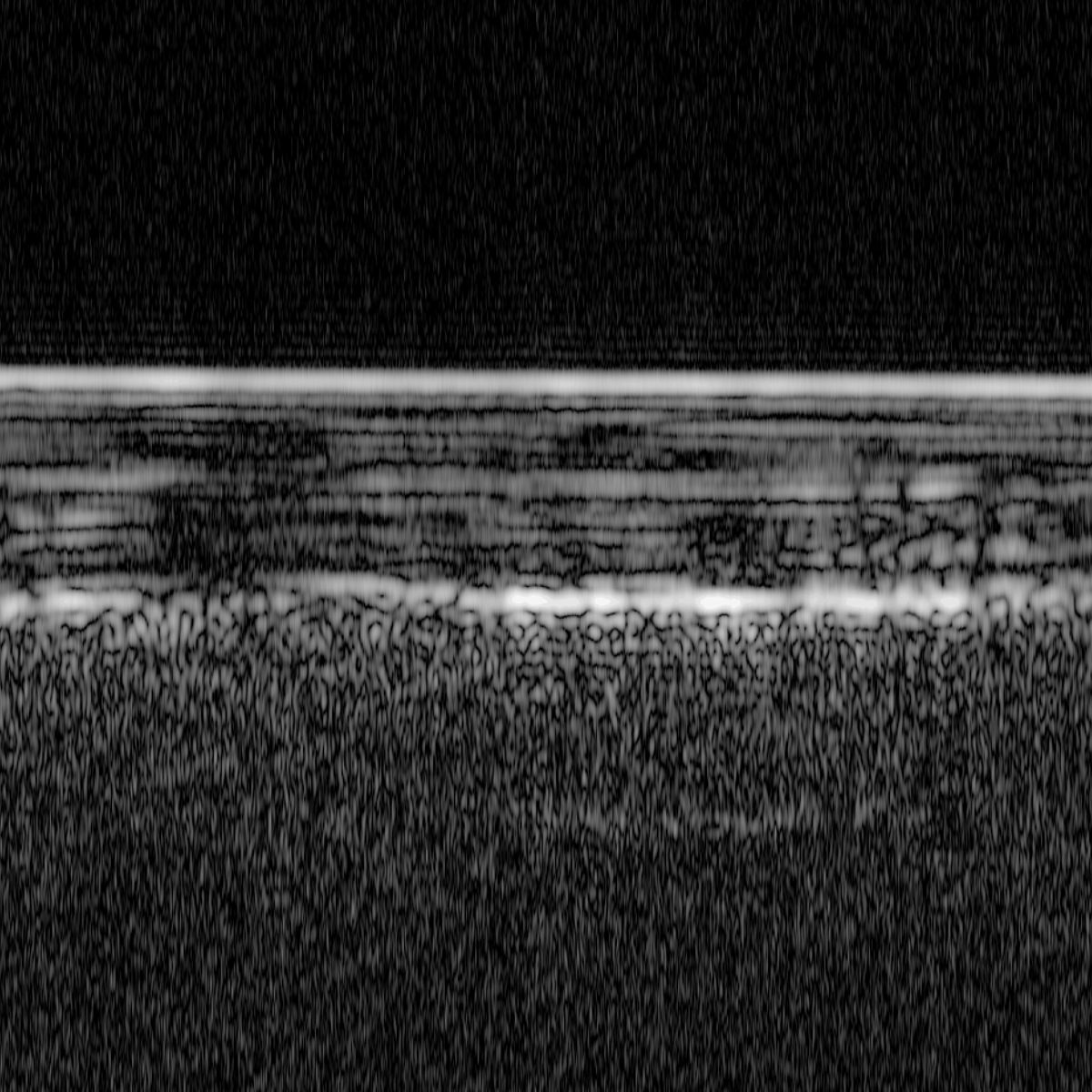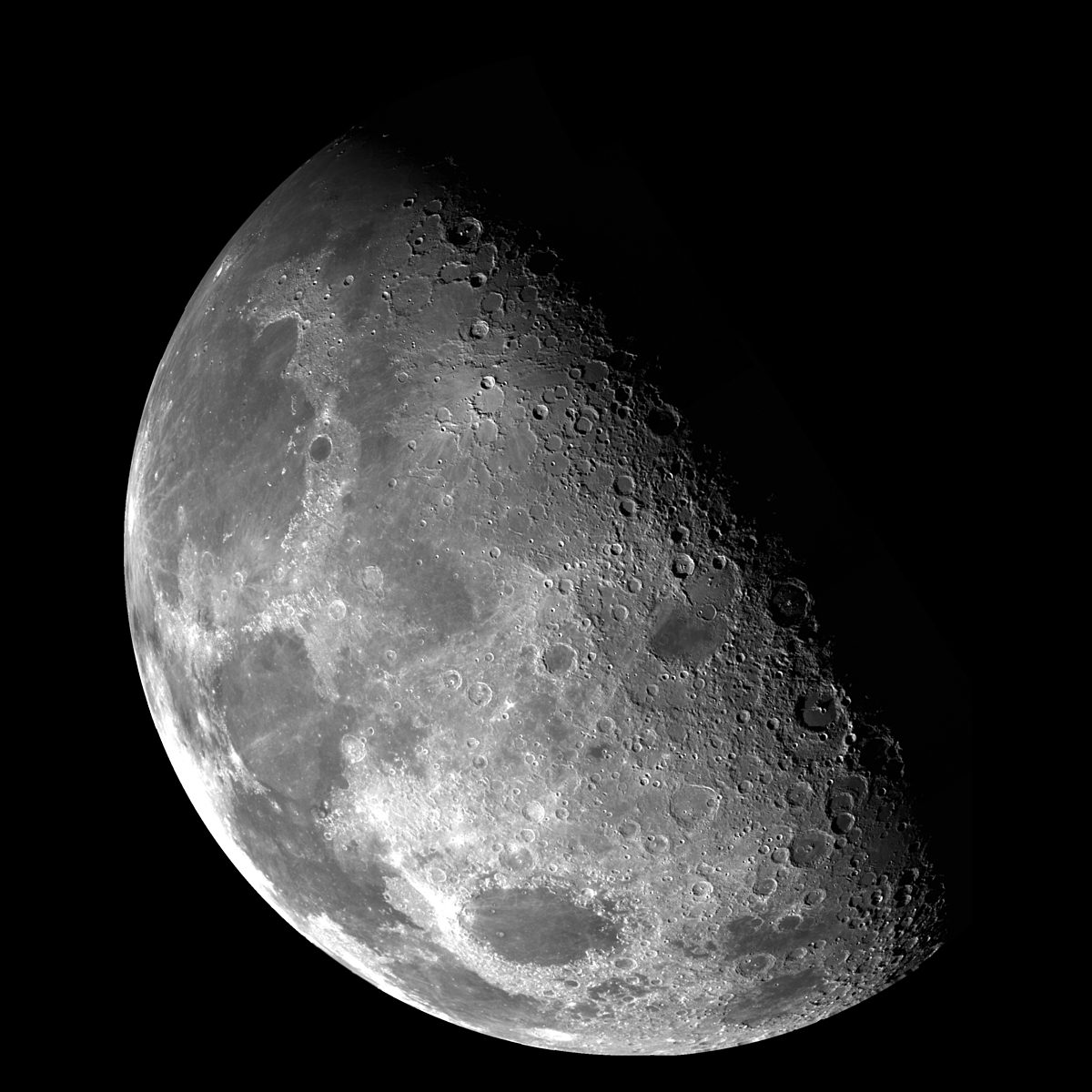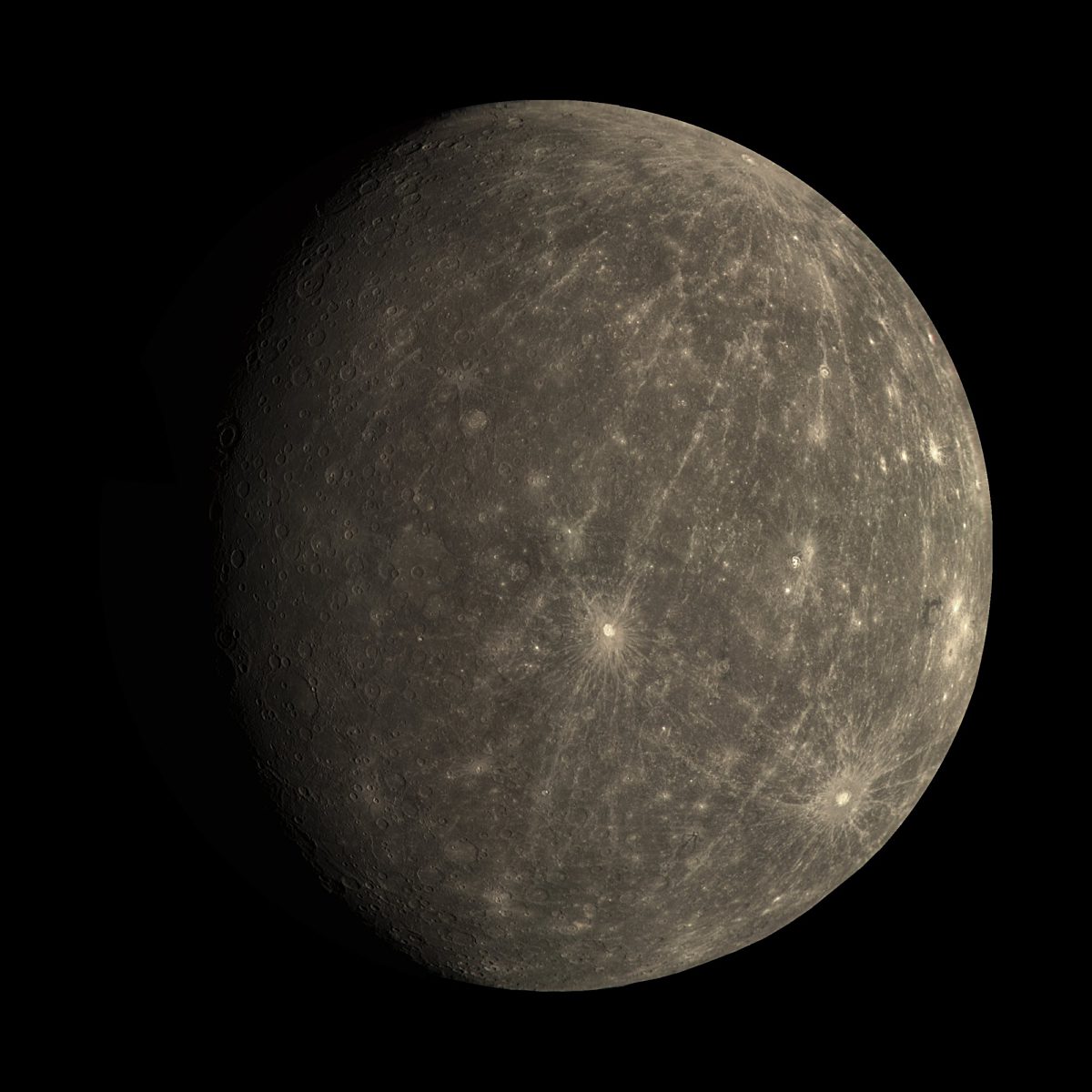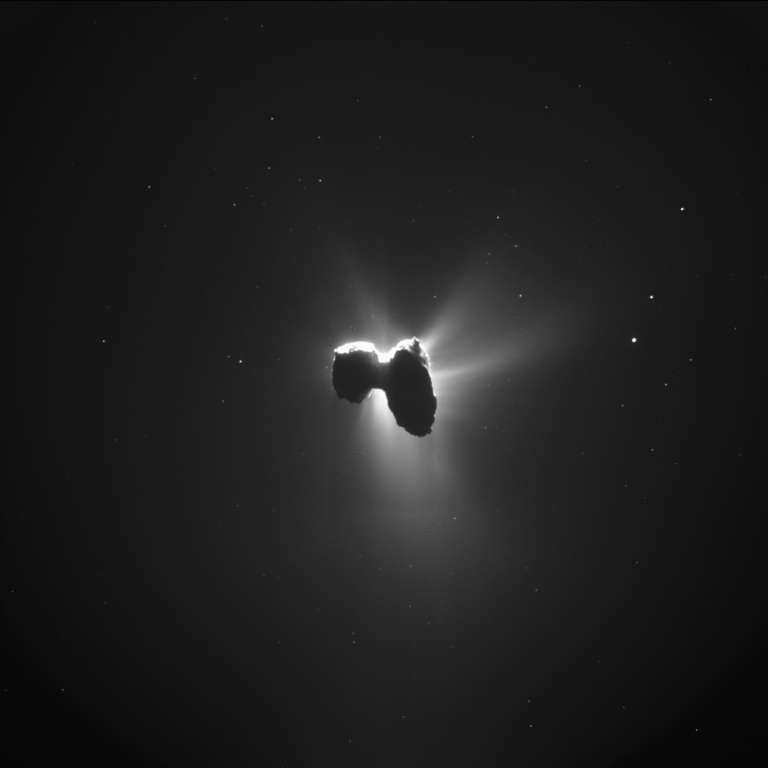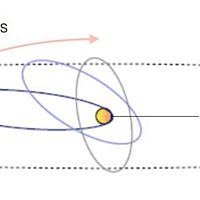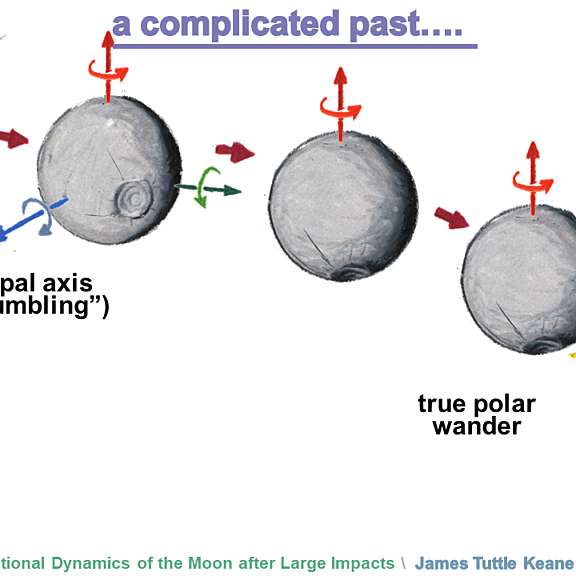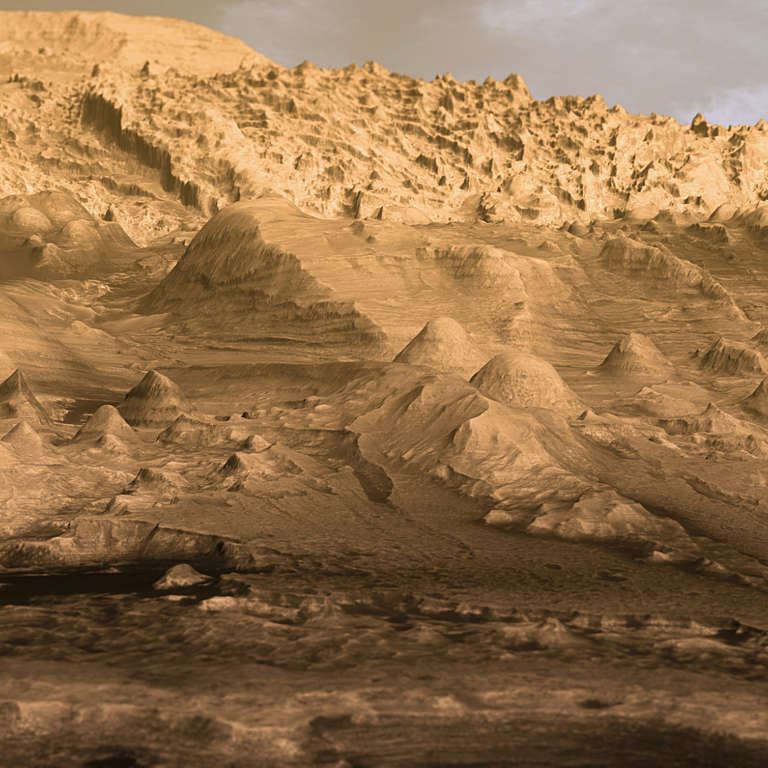All
All
Stories, updates, insights, and original analysis from The Planetary Society.
Heiligenschein Throughout the Solar System
When planetary scientist Brittney Cooper was scrolling through the downlinked images of Hayabusa2’s approach of asteroid Ryugu, a familiar sight caught her attention.
Curiosity's organics on Mars
What does it mean that the Mars rover Curiosity found organics in Martian rocks? Emily Lakdawalla translates the science.
Liquid Water on Mars! Really for Real This Time (Probably)
A radar instrument on one of the oldest operational Mars orbiters has discovered possible evidence of present-day liquid water on Mars.
How the Apollo missions transformed our understanding of the Moon’s origin
Where did the Moon come from? The origin of our cosmic neighbor is a fundamental question in planetary science.
Favorite Astro Plots: The Pyroxene Quadrilateral
Petrology is a field of science in which scientists study the compositions of rocks and minerals and interpret their geologic history. A common graph petrologists use is the “pyroxene quadrilateral.” These graphs, like photos of space, can reveal an understanding of the remotest parts of the solar system.
Big news from the magnetosphere
At five years and counting, the Van Allen Probes mission continues to reshape our thinking about how Earth’s radiation belts flex and reconfigure under the influence of solar storms.
How long is a day on Saturn?
One of the Cassini mission's goals was to figure out how long a day on Saturn is. We still don't know. A new paper reports a measurement of the rotation period of Saturn that is different from past measurements.
#Mercury2018: From MESSENGER to BepiColombo and beyond
A Mercury meeting held May 1-3 summarized the current and future science of the innermost planet. Emily Lakdawalla was there and shares her notes.
Philae science results: Comet 67P is crunchy on the outside, soft on the inside
What is the surface of a comet like? That's one of the main questions that motivated Philae's mission to the surface of comet 67P/Churyumov-Gerasimenko. We now know the comet has a rigid crust about 10 to 50 centimeters thick, below which the comet is much more fluffy.
#LPSC2018: Mars mass wasting in the laboratory
Mars today is a dynamic place. One visually dramatic sign of change on Mars is
Yoshihide Kozai (1928 - 2018)
Caltech planetary scientist Konstantin Batygin pays tribute to a pioneer in celestial mechanics.
#AGU17: Spherical harmonics, gravity, and the depth of winds at Jupiter
Results from the Juno gravity science experiment presented at last week's American Geophysical Union meeting suggest Jupiter's winds penetrate only to 3000 kilometers deep.
#DPS17: The Moon's Giordano Bruno crater through many eyes
Today's story from the Division for Planetary Sciences meeting looks at one youthful rayed crater on the Moon from many different spacecraft.
#DPS17: Wobbling the Moon and art by James Tuttle Keane
James Tuttle Keane is increasingly famous (among planetary scientists anyway) for his remarkable illustrated notes from conferences. Here's his work from the Division for Planetary Sciences meeting, illustrating both his own and others' research.
#DPS2017: Progress report on Mars Reconnaissance Orbiter images of comet C/2013 A1 Siding Spring
Three years ago, on October 19, 2014, comet C/2013 A1 Siding Spring passed within 138,000 kilometers of Mars. At the 2017 meeting of the Division for Planetary Sciences of the American Astronomical Society, we heard a progress report on Mars orbiter imaging of the comet's nucleus.
In total eclipse of a star, New Horizons' future flyby target makes its presence known
The team reported two weeks ago that the first attempts at observing 2014 MU69 were unsuccessful. But in their third try, on July 17, astronomers in Argentina saw the telltale sign of MU69's presence: a stellar wink.
Geology on Mars: Using stratigraphic columns to tell the story of Gale Crater
Stratigraphic columns are a basic tool in geology, used on both Earth and Mars to tell the story of a location. But what are they really?
Radar in Earth and Planetary Science, Part 2
Heather Hunter brings us the next installment in her series on radio detection and ranging.
Radar in Earth and Planetary Science: An Intro
Heather Hunter explains how radar works and what it's used for on Earth and beyond.
Subsurface Water Ice in Utopia Planitia, Mars
Martian radar expert Cassie Stuurman explains how the SHARAD instrument aboard NASA's Mars Reconnaissance Orbiter was used to detect buried ice deposits.


 Explore Worlds
Explore Worlds Find Life
Find Life Defend Earth
Defend Earth


 Sun
Sun Mercury
Mercury Venus
Venus Earth
Earth Mars
Mars Jupiter
Jupiter Saturn
Saturn Uranus
Uranus Neptune
Neptune Small Bodies
Small Bodies

